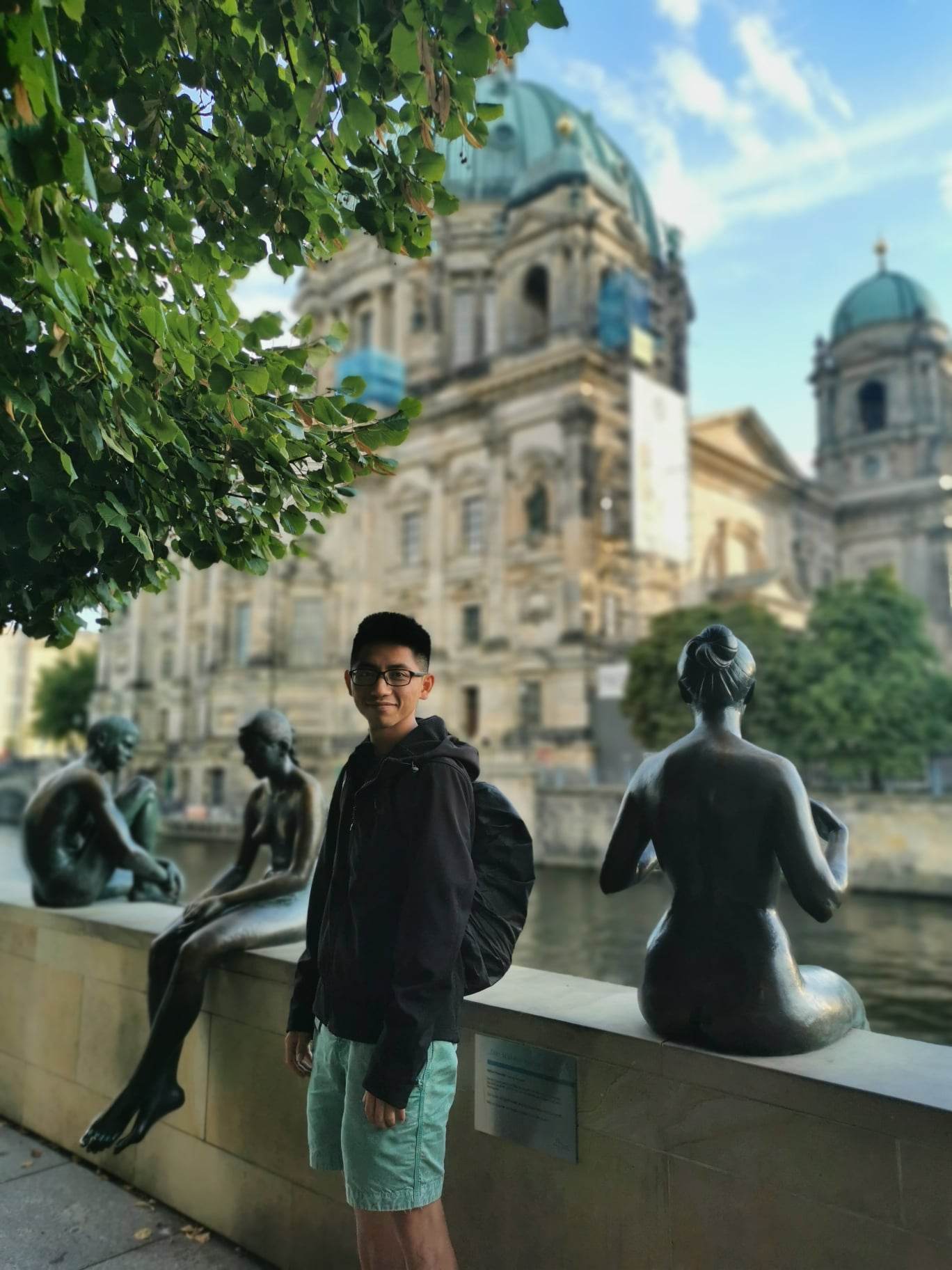SCROLL DOWN FOR MORE INFORMATION
What is biomedical communication?
Biomedical communication, to simply put, is the visual communication of biological knowledge. It has a long history, and originated from the hand-illustrated visual scientific depictions of various species and their anatomical structures. As technology improved, the choices of platforms to visually communicate biological knowledge have significantly widened. Aside from hand-drawn illustrations, biomedical communication now emcompasses graphic designs, 2D animations, 3D animations, and many types of educational software.
About me
Background
I grew up in Taiwan. After finishing high school, I went to the UK to study at the university level. In the UK, I studied biology, specialising in Immunology, at the University of Edinburgh. During my undergraduate years, I developed a deep desire to become a lifelong learner of biology. Moreover, my passion for art and design originated from my childhood reignited. Both interests led me to become adamant in the pursuit of biomedical communication.
After finishing my bachelor’s degree, I started a master’s program, Medical Visualisation and Human Anatomy, jointly designed by the University of Glasgow and Glasglow College of Art. It is a biovisual communication program that emphasizes the usage of technological tools to communicate biological ideas. As such, I acquired skills in software development, 3D modelling and volumetric anatomical modelling. I used a game engine, Unity, to develop a software to educate about the causes of different types of strokes. Moreover, I created several 3D models using 3Ds MAX. Finally, I learnt volumetric anatomical modelling – I used applications 3D slicer and MITK to create 3D anatomical models from medical images, including MRI, CT and PET scans.
During the program, I used my spare time to self-teach myself a 3D software known as Houdini. Houdini is not your regular 3D modelling software – it is based heavily on proceduralism. In short, the program allows users to create 3D models and animations using mainly procedures. One of the advantages of this approach is that it allows 3D models and animations to inherit parameters. Upon adjusting these parameters, the 3D models and animations reiterate themselves. You can use these procedurally-generated 3D model to generate limitless 3D models that shares the same underlying structures.
For my master’s thesis, I investigated and evaluated the merits of procedural modelling viruses in Houdini for biological animations. Specifically, I investigated the construction of a Dengue virus 3D asset that has the capacity to generate 3D dengue virus models expressing all the conformational changes of a Dengue virus’s life cycle.
Work Experience
After finishing my master’s program, I continued to improve my knowledge of the procedural approach in modelling and animating. At the same time, I learnt to create graphic designs and 2D animations with Adobe Illustrator and Adobe After Effects.
Currently, I work as a scientific visual designer in Genenet Technology, a biotechnology start-up based in London. In the position, I act as the sole visual designer for the company. I was involved in the creation of our company’s pitch deck, webpage and animations. I was the major contributor to the 2D animations. I was responsible for writing the scripts, designing the storyboards, illustrating the graphis and generating the 2D animations. I received feedbacks from my colleagues throughout the process.

